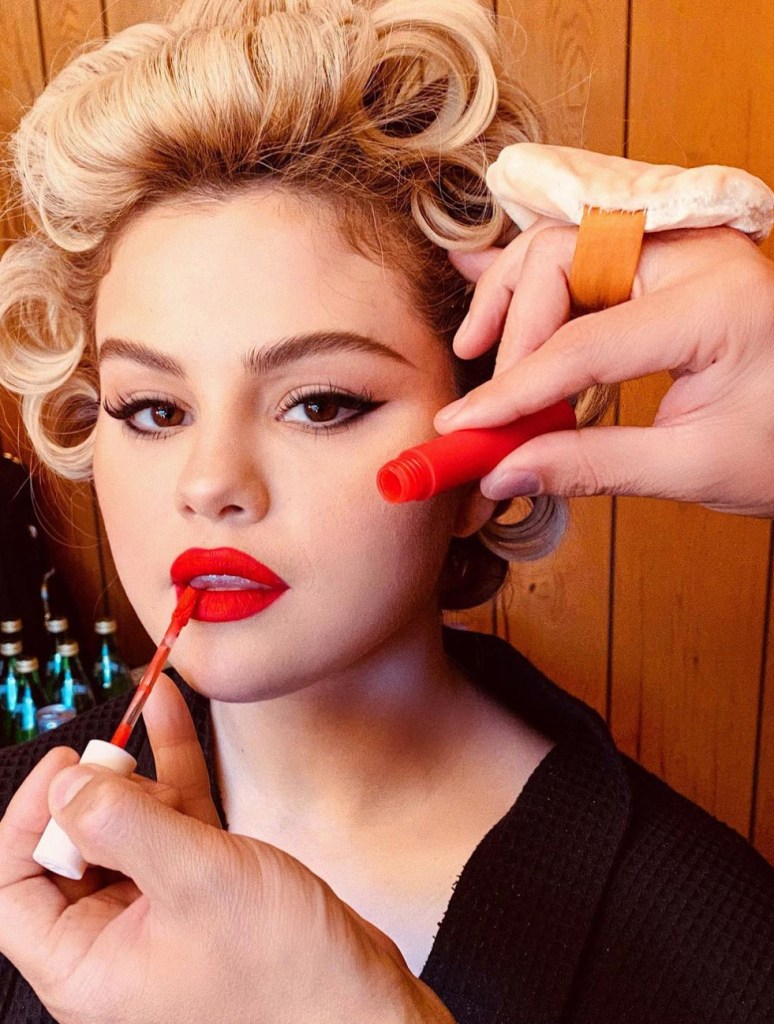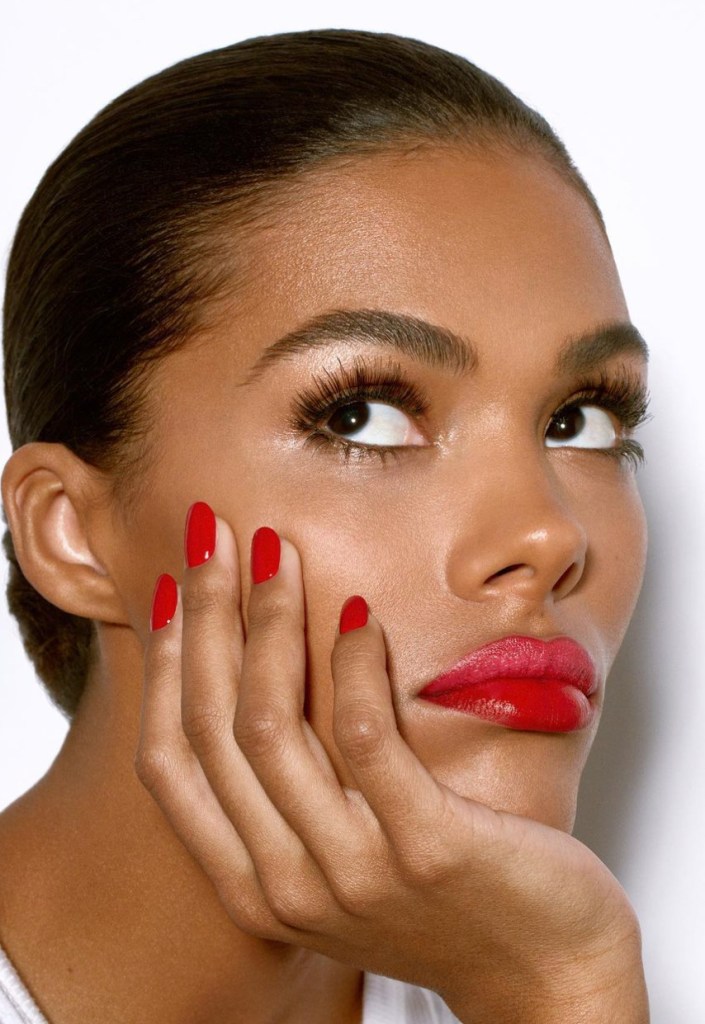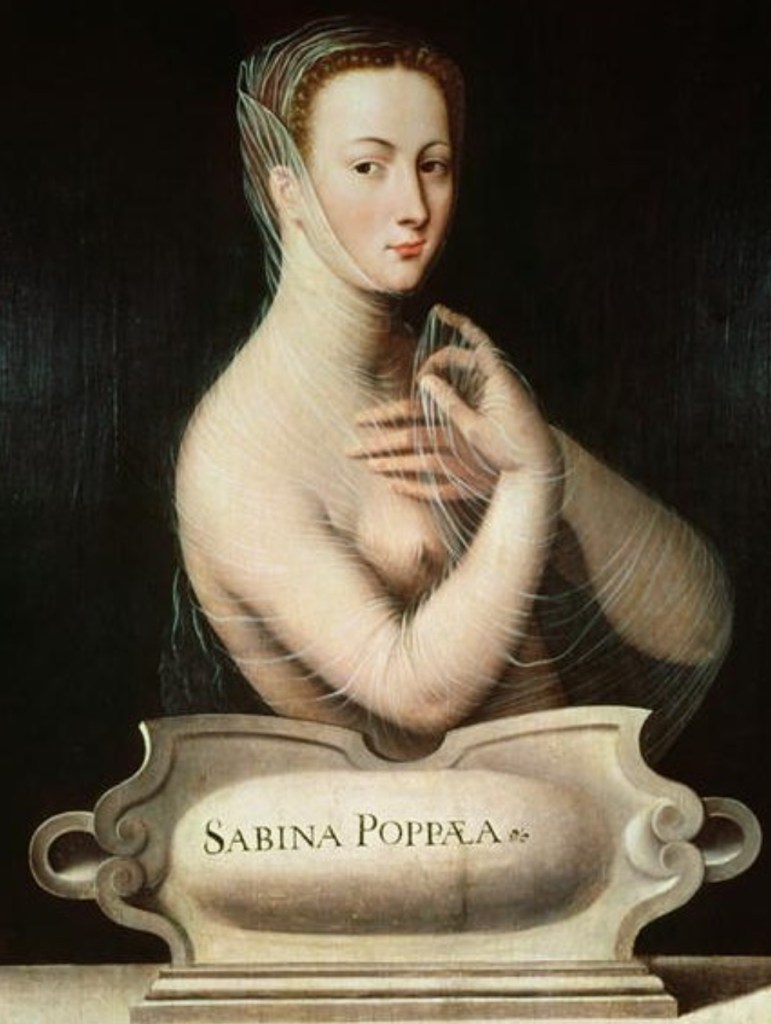Mothers, grandmothers, and daughters. Every generation of women has been constrained by a thin red lipstick veil for millennia. Red lipstick was revered by many ladies, including men and non-binary people, and from the past from Cleopatra, Elizabeth I, to Marilyn Monroe. Red is still seen as a necessary component of beauty today. No one has ever been able to unleash love and hatred like this beauty product, continuously moving from eras where it was used as a synonym for social prestige to others where those who dared to show it out were an outspoken, or a person of dubious morals, for example in the Middle Ages if a woman was wearing it was seeing , as the daughter of the devil.Red lipstick has a long and troubled history, but every stage has helped shape it into what it still stands for today: not just a beauty trick that can brighten the complexion with a single motion, but also a true symbol of emancipation, an infusion of courage and self-confidence that helps us get through challenges. It is no common that sales are improving during economic downturns, and Coco Chanel is credited with the quote, “If you’re unhappy, if you’ve got a sentimental problem, put on makeup, put red lipstick on your lips and smash it “
He was created many years ago.
Red lipstick has come to represent charisma, strength, and seduction throughout history. Since Sumerian Queen Pu-Abi, ruler of the city of Ur, started revitalizing her lips with a mixture of dust produced from red rocks and white lead that was preserved inside the shells of small animals, circa 2,500 BC, no one has been able to resist the strong allure of this cosmetic. Like the ancient Egyptians, who wore it by their rulers and queens, it denoted social rank in Sumerian times.It appears that Cleopatra applied it to finish her makeup, blending orange, magenta, and blue-black lips with black-layered eyelids using a mixture of chimney beetles, fish scales, and beeswax that she applied with the aid of a moist stick. Lip coloring was a gender-neutral gesture and a status indicator in the Roman Empire, where lipstick was known as purpurissum. It set high-ranking officials and emperors apart.Poppea, Nero’s wife, was one of the largest supporters of bold cosmetics. Her lips, which are allegedly meticulously painted with ochre, iron ores, sea oak, mulberries, lemon, rose petals, and wine sludge, are taken care of by a large staff of aides. The mixture of sheep sweat, human spit, and crocodile droppings that Greek prostitutes were compelled to apply as pigments to publicly identify their vocation was undoubtedly more horrible.
Red like hell
Red lipstick has a history of being seen as showy and flashy and with some skepticism. Its darkest era was in the Middle Ages, when a strange, unsettling, almost demonic femininity was linked with it. You see, the church was prepared to judge anyone who dared to wear red since it is the color of the Devil. the charge? Being condemned to repent for being misled by the wicked cosmetic and being thought to be a reincarnation of Satan.
Women had to stick to gentler colors like soft pink in order to stay out of trouble and be seen as pure and pious, while those in positions of luxury might use brilliant pink to go a bit further. Red lipstick first gained social acceptance under English Queen Elizabeth I, who openly wore it both in public and in private. She gave magical abilities since she loved that concoction of cochineal, egg white, and fig juice so much.
Red lipstick enjoyed a brief moment of popularity, but when puritan Queen Victoria took the throne, the color was denounced as vulgar and insulting and branded as a cosmetic to be avoided. Even more so in the years after 1770, when the English parliament proposed a new rule that would have punished any woman for witchcraft for seducing English gents with crimson lipstick on her lips.
Elizabeth Arden, and the freedom of women
Red lipstick was revived by actors of the turn of the century like Sarah Bernhardt, but Elizabeth Arden gave it political power, turning it to a symbol of disobedience and female empowerment. The creator of one of the most well-known cosmetic companies in the world joined suffragettes in 1912 by handing out lipsticks in New York City. Leaders of the feminist organizations in America and England, such Charlotte Perkins Gilman and Elizabeth Cady Stanton, started wearing vermilion lipstick to intimidate males and express a sort of bodily emancipation from corset constraint and masculine judgment. Since then, strong femininity has been reflected in crimson lipstick.
Red lipstick as a symbol of anti-fascism
One of the things that Adolf Hitler detested the most was red lipstick. He was obviously too libertine and attractive for the führer. For the dictator, a makeup-free, natural face represented the purity of the Aryan race. As a protest against Nazism and fascism, ladies from ally nations started donning it. His sense of patriotism was so strong that when his price got unaffordable, women would color their lips with beet juice. Red lipstick became a requirement for female enlistees in the American armed forces in 1941 and persisted throughout World War II. At that time, Elizabeth Arden released Victory Red on the market, Regimental Red by Helena Rubinstein, Auxiliary Red by British cosmetics company Cyclax, and Regimental Red by Helena Rubinstein.The U.S. government hired Arden to produce lipstick and enamel for Marine Corps ladies, and she gave it the Montezuma Red shade to match the red of their uniforms. The phrase “from the palaces of Montezuma to the coast of Tripoli” was part of the Marines’ pledge to defend their country in all places. The British Red Cross supplied boxes of red lipstick after British troops freed the Bergen-Belsen concentration camp on April 15, 1945. a modest action to support women’s recovery, normalization, and restoration of their uniqueness and dignity.
Always arrogant and rebellious
Since the War’s end, red lipstick has been increasingly popular because to divas like Marilyn Monroe, Betty Page, and Liz Taylor who couldn’t live without it. The same can be said for politicians like “Iron Lady” Margaret Thatcher, Alexandria Ocasio-Cortez, or activist Marlén Chow who protested against Nicaragua’s dictatorship by taking to the streets and facing military interrogations while sporting red lips. Her actions incited people in her nation to demand the release of all unjustly detained anti-government protesters. The most daring cosmetic ever created is still a symbol of pride, liberation, and rebellion today—not just for women but also for the LGBTQIA+ community and every person who wishes to assert their identity.















